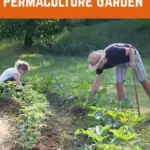
Gardening will never go out of fashion. Anyone with a green thumb and a penchant for growing nutritious food will attest to that.
However, conventional ways of farming can fall to the wayside when we come to the realization that they are outdated and misguided, perhaps even harmful to the environment.
No-dig gardens are a wonderful way to grow vast amounts of food without turning the soil, yet certain aspects of sustainable gardening can be taken even further.
When you start with a holistic approach to gardening and expand into whole systems thinking, you then grow into the realm of permaculture design.
Basics of permaculture design
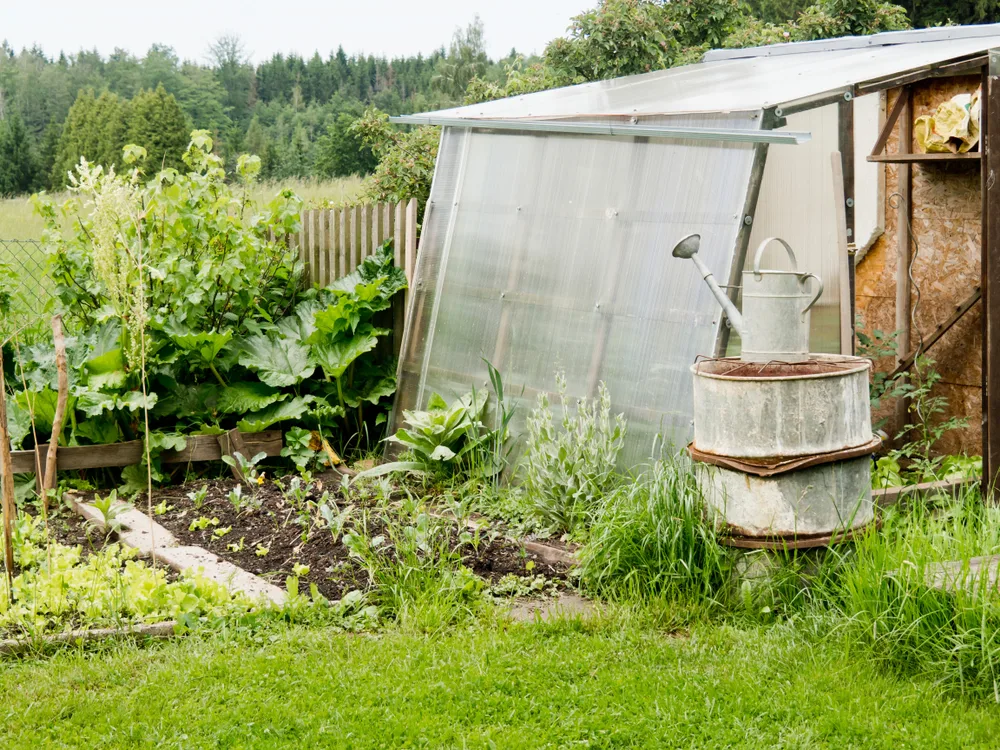
The meaning of permaculture coming from ‘permanent agriculture’ and ‘permanent culture’. When we garden with sustainability in mind, we are in essence planning our collective future in harmony with nature.
Bill Mollison and David Holmgren are the originators of permaculture design – a perennial and sustainable form of agriculture that began in Australia in the late 1970’s.
When you are ready to dive really deep into the sustainable ethics of permaculture, this book is a must read:
Permaculture: A Designer’s Manual by Bill Mollison
Not only does permaculture design cover what we grow and how we grow it, it also brings about architectural design, urban planning and resource management into the mix. It is more than just gardening, it is whole systems engineering that brings sustainable actions full circle.
It is important to look both at natural patterns and processes when deciding to garden with permaculture in mind.
Making connections and working with nature (rather than against nature) is one of the guiding principles of permaculture.
Permaculture design encompasses 3 basic ethics:
More than “a green way of living”, permaculture uses nature’s principles as a guiding light, promoting self-reliance, increasing the fertility of the land and integrating community into the efforts as much as possible.
The 3 Ethics of permaculture design:
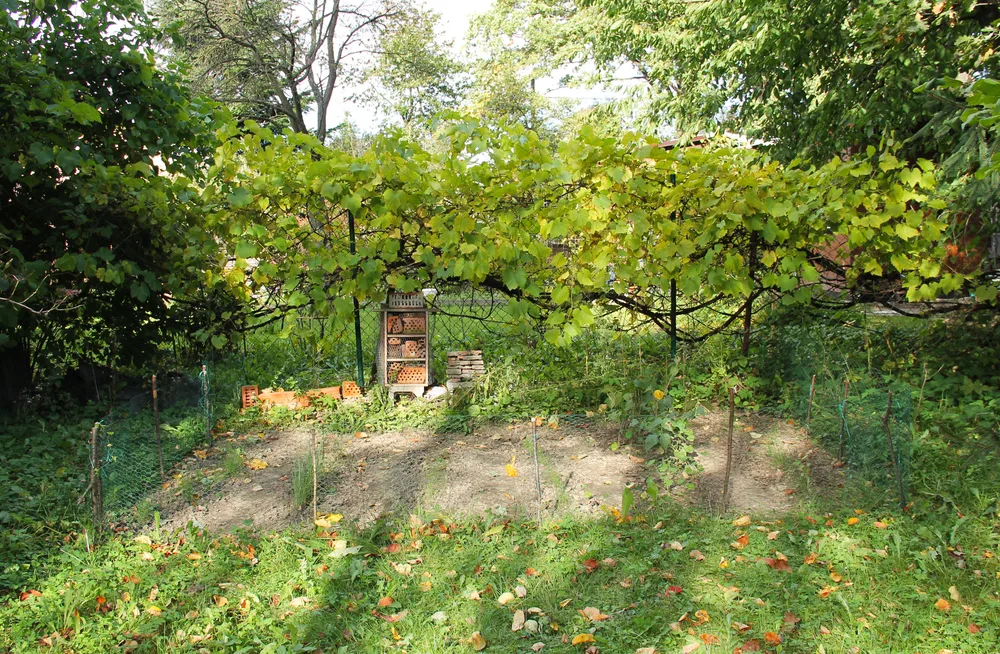
Care for the Earth – how do we look after and tend to all living and non-living things? What kinds of materials will we allow into our DIY projects, even into our own wardrobes?
Care for people – how can we include community in producing food and in helping out one another near and far? What does it take for us to relearn how to share resources?
Fair shares or sharing the surplus – how can we limit our wants so that we all have enough to survive – not just in the here and now, but several generations into the future?
If and when we learn to take our “fair share”, for example, when we harvest dandelions, there will still be plenty left for the bees if we take only what we need.
We can even design this into our lawns and gardens, always planting more native flowers than what we “need”, with plenty of extra resources to give back to nature.
With permaculture design we can lower our ecological footprints by growing our own food whether we live on a farm, on an urban homestead or have a container garden in the city.
Permaculture also allows us to design habitats that benefit more than humankind. It is the way forward to a sustainable future.
The 12 principles of permaculture
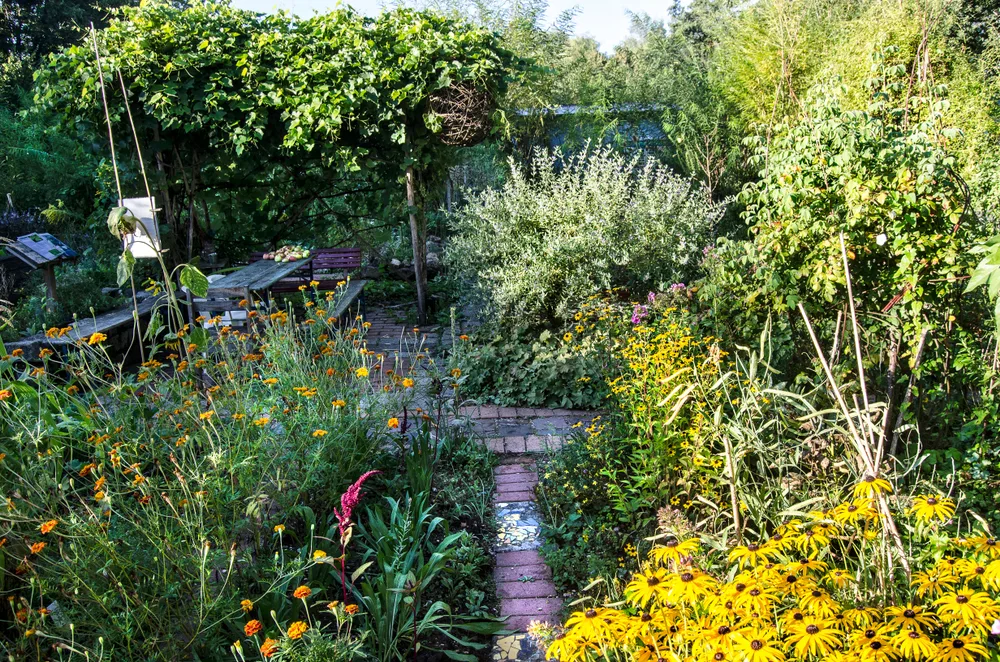
Once we come to the realization that hoarding (taking and storing excessive amounts of food or resources) does no particular good to society (and nature) in general, only then will we see that there is always plenty to share – if we take no more than what we need.
We can indeed thrive and live a meaningful life, when we help others to do exactly the same. Well designed farms and urban communities can create edible and monetary surpluses that are far-reaching. Those surpluses can then be shared with others, and with nature. Composting, for example, is just one form of giving back to the environment.
Be part of the cycle of nature, working with, rather than against nature by learning, observing and implementing the 12 principles of permaculture.
1. Observe and interact
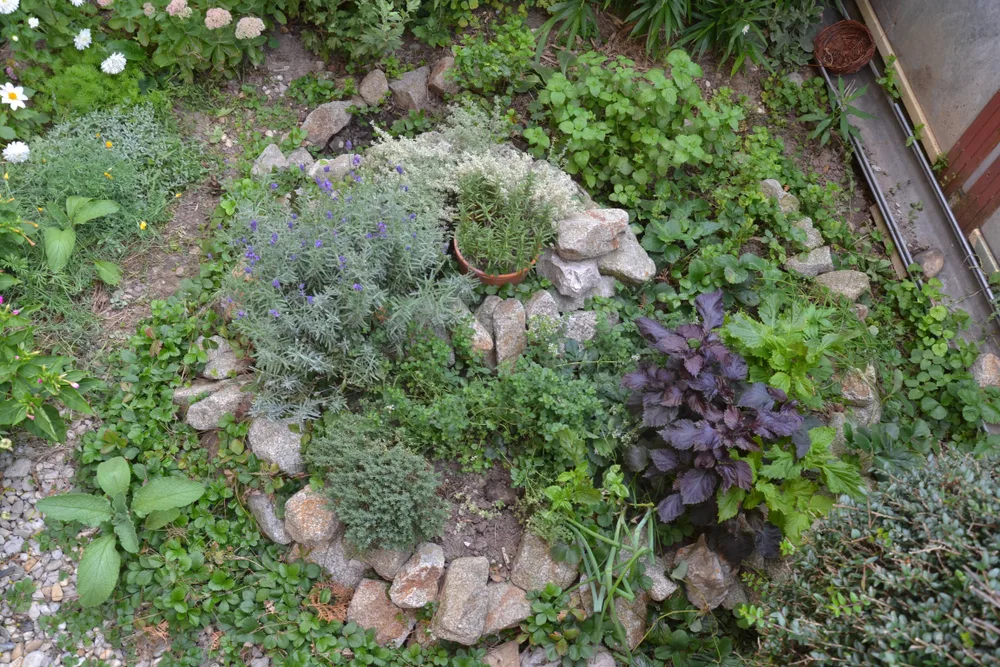
The more we open our eyes and ears, allowing the sustainable actions of others to inspire us, the easier it will be for mass amounts of people to adopt sustainable practices at home and in the garden.
It is important to “rewild” ourselves, as we spend more time in nature, just sitting, observing and reflecting on how nature works – slowly and steadily, with curved, non-linear lines.
Then we can dream up how we could best work with nature to achieve our goals, all the while honoring the needs of the environment.
2. Catch and store energy
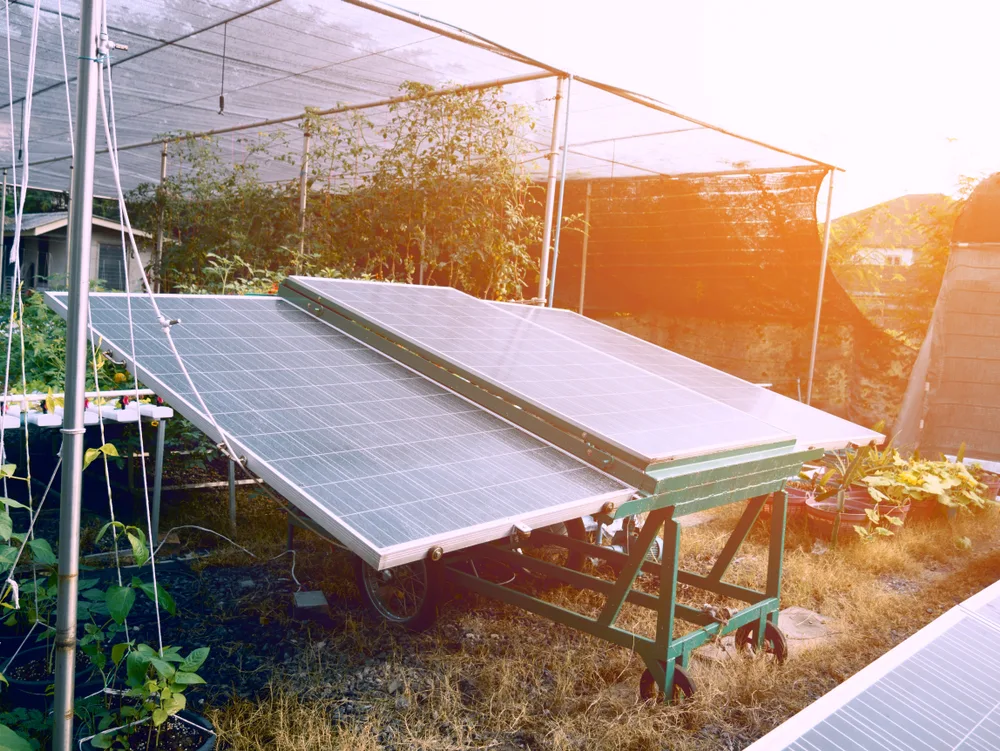
In the efforts to be self-sufficient and live off grid, or to be extremely self-reliant and work with the sufficient resources around you, energy is always a topic that comes up. And there are many questions to be asked!
Will it be solar, wind, or geothermal energy that keeps your computer alive and brings light to your kitchen?
How can you best maximize the potential of your land? Perhaps by locating your greenhouse on the south side of your home, including passive solar design principles?
Can you create a rainwater harvesting system for irrigating the garden, flushing the toilet or washing your clothes?
One of the easiest ways to capture and store energy is to grow and preserve your own food by dehydrating or canning your surplus, gathering a bit more experience and wisdom with each and every season.
3. Obtain a yield
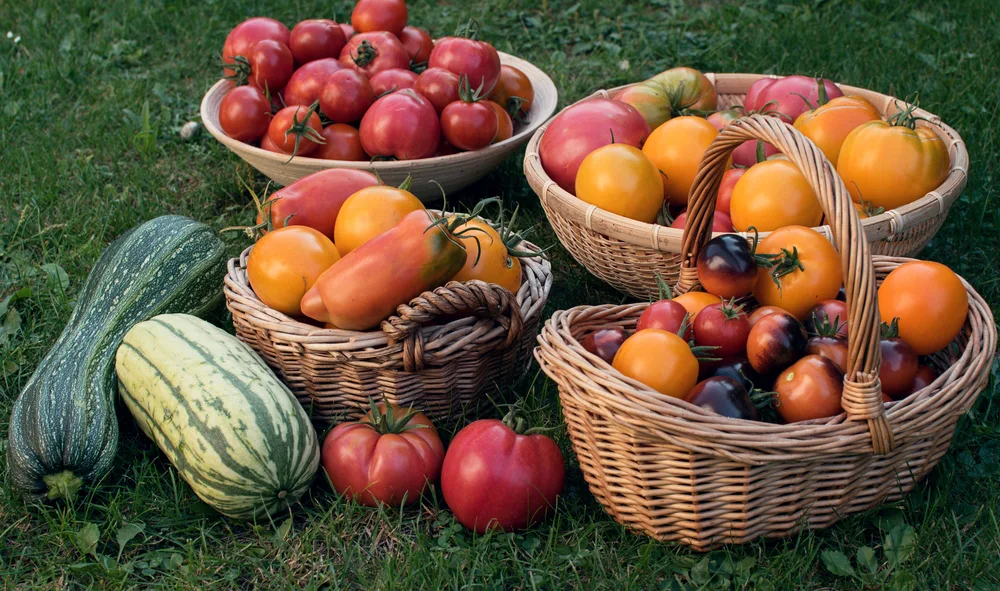
Food production is a large contributor to our individual ecological footprints.
That being said, it makes tremendous sense to grow your own (if you can, and as much as you can) to prevent the imported food miles from racking up.
When we work alongside nature, not only will we be able to harvest a bounty of tomatoes, we will also be able to harvest edible weeds that are merely acting as groundcover for the Earth.
Yield is not only about muchness of crops, it is also about non-tangible, yet ever important aspects of sustainable living such as good health, happiness, our personal well-being and the wholesomeness of our environment.
4. Apply self-regulation and feedback
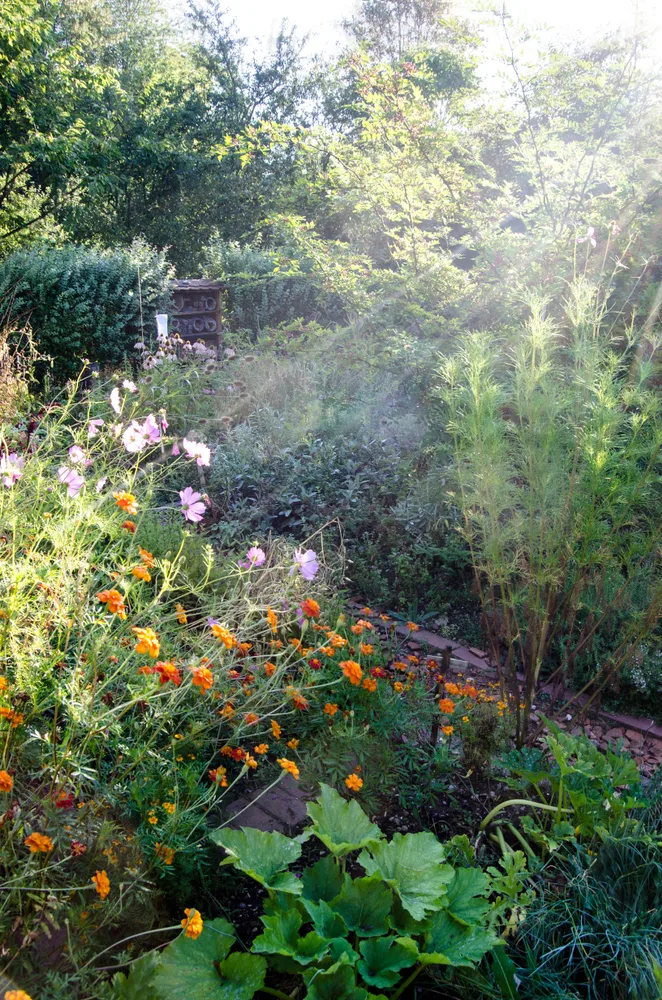
When it comes to observing why the climate is rapidly changing, we must make changes that focus on how to curb the predicted outcome.
These sustainable changes may take on the form of reducing our energy consumption, choosing to reduce/eliminate the amount of plastic we allow into our homes, even going as far as embracing the principles of zero-waste.
Make monthly goals for recycling, reusing and reducing waste in your home, and inspire others to declutter too!
5. Use and value renewable resources
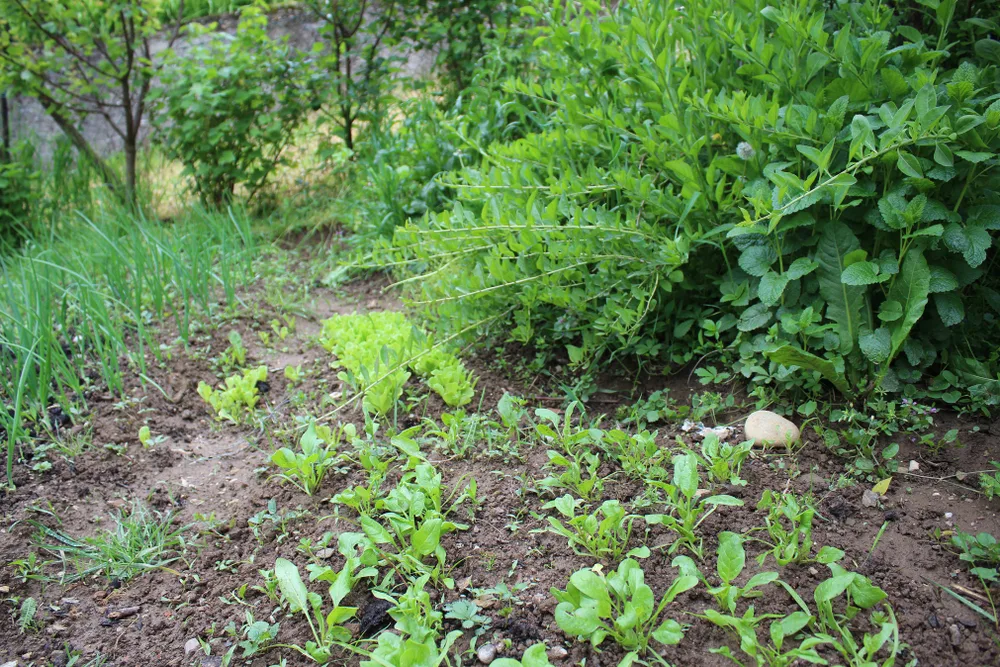
We are finally beginning to see the dangers of relying purely on non-renewable energy, which goes hand in hand with built-in obsolescence.
If we can learn to embrace change, rather than fear it, then we can truly make a difference. Switch to a green energy supplier, use solar collectors to heat your water, preserve your soil, plant perennials and learn to save your own seeds.
There are so many ways to value renewable resources, if we only take a minute to reflect on the skills and materials we already have, or the ones we are willing to acquire.
6. Produce no waste
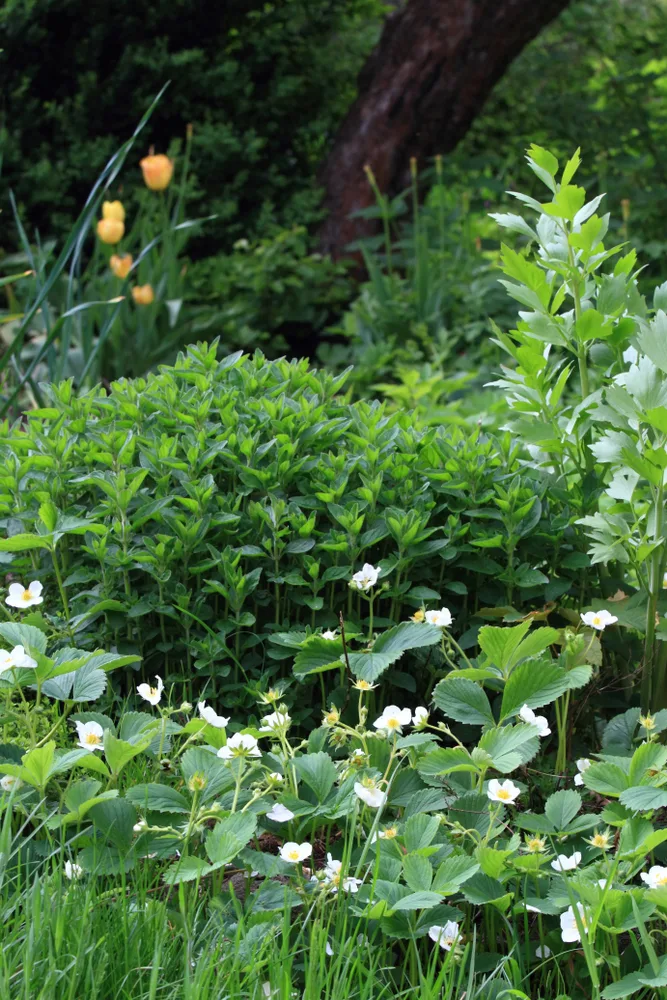
Is it possible to produce no waste? Some people will say it is so, yet there will always be something to recycle… And still, the concept of zero-waste is a promising one, plastic consumption set aside for a moment.
It takes forward thinking, to decide whether or not a product is worth purchasing. One first needs to look at quality, then packaging (hopefully lack of it), and moving into whether an item can be reused, recycled or composted.
With whole-systems or cradle-to-cradle design, we can bring about new products that are in alignment with a sustainable future and prevent waste before it is even produced.
7. Design from patterns to details
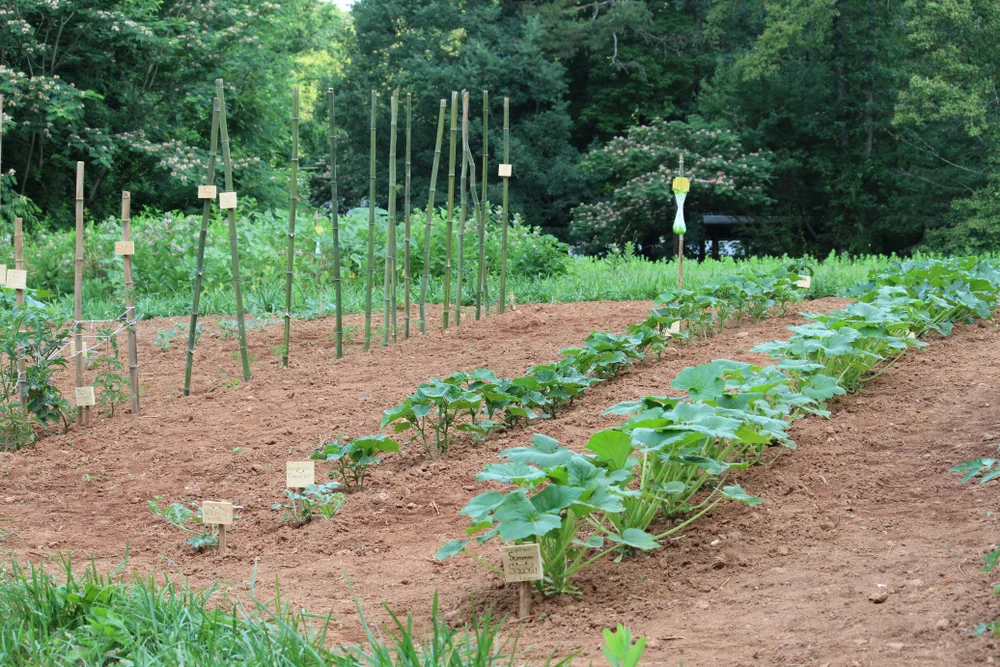
Often it takes stepping back, getting out of our heads and into our hearts to see the bigger picture. When planning out your homestead, or even your garden, don’t start by examining the details.
For example, in garden design, even before choosing seeds, you need to observe the soil, note how much sun/shade it receives daily, notice the slope and decide whether or not it will require a fence to keep unwanted visitors out.
Draw your dream property on paper and work out your plan in layers, right down to the shade loving plants.
8. Integrate – don’t segregate
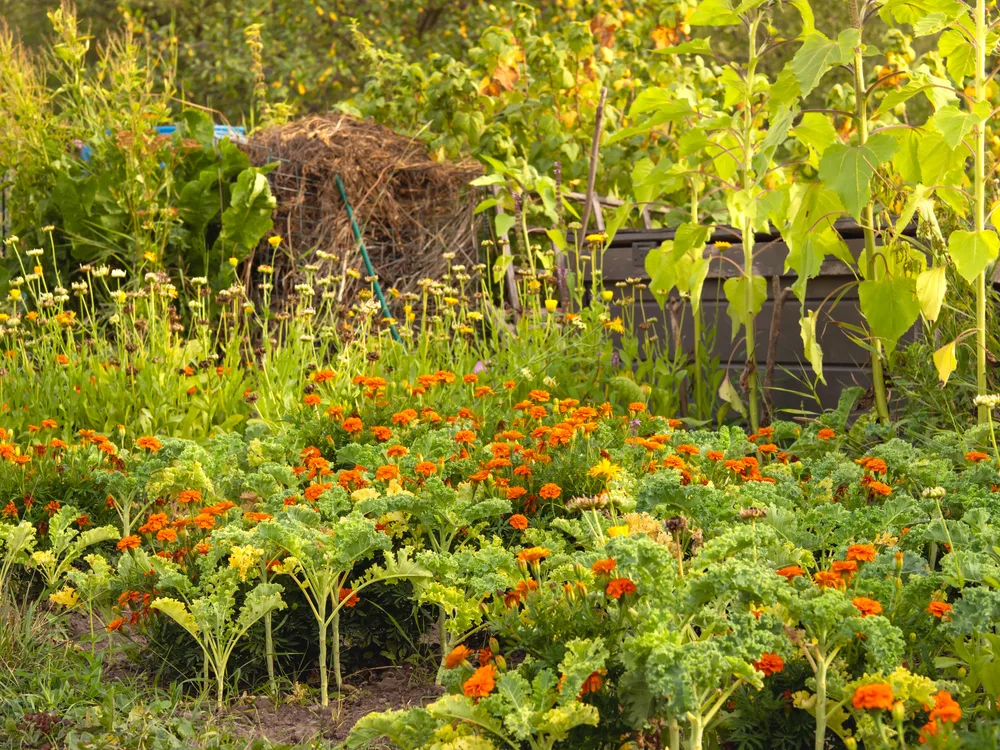
Working together we can achieve much more. Again, this can relate to yields in terms of harvestable crops, happiness and a meaningful life.
In the garden, rather than plant row after row of the same plant, or a monoculture, plant a polyculture instead!
Integrate companion planting into the design, so that every herb, fruit and vegetable has a good chance to produce a successful crop.
Within a community setting, this means working and collaborating with your neighbors, pooling both knowledge and resources.
9. Use small and slow solutions
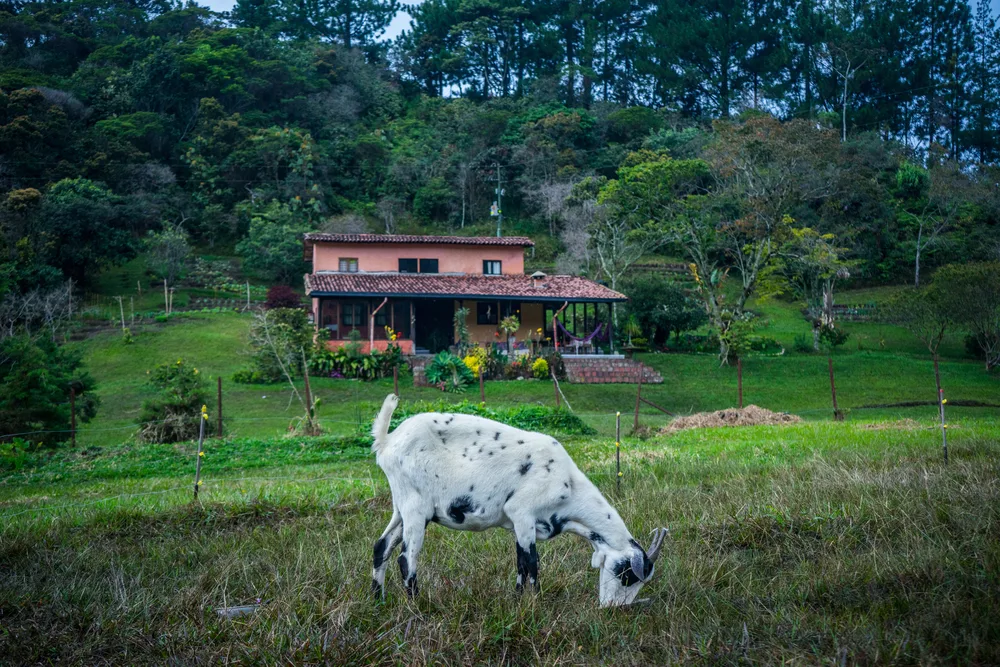
You cannot become an organic farm overnight. It takes several intentional steps, often several years, to get to that stage of being rightfully organic. But don’t let time or an uncertain amount of work prevent you from ever getting started!
Small steps will always take you far, so long as you feel guided along the way. If you aren’t sure that you are ready for your first cow and all the milk she can bring, start with a goat instead.
Do you have a desire to produce your own eggs, as a means of continually providing for yourself, rather than heading weekly to the store? Raise chickens, guinea or ducks, asking many questions along the way to find out which breed of poultry may be right for you.
10. Use and value diversity
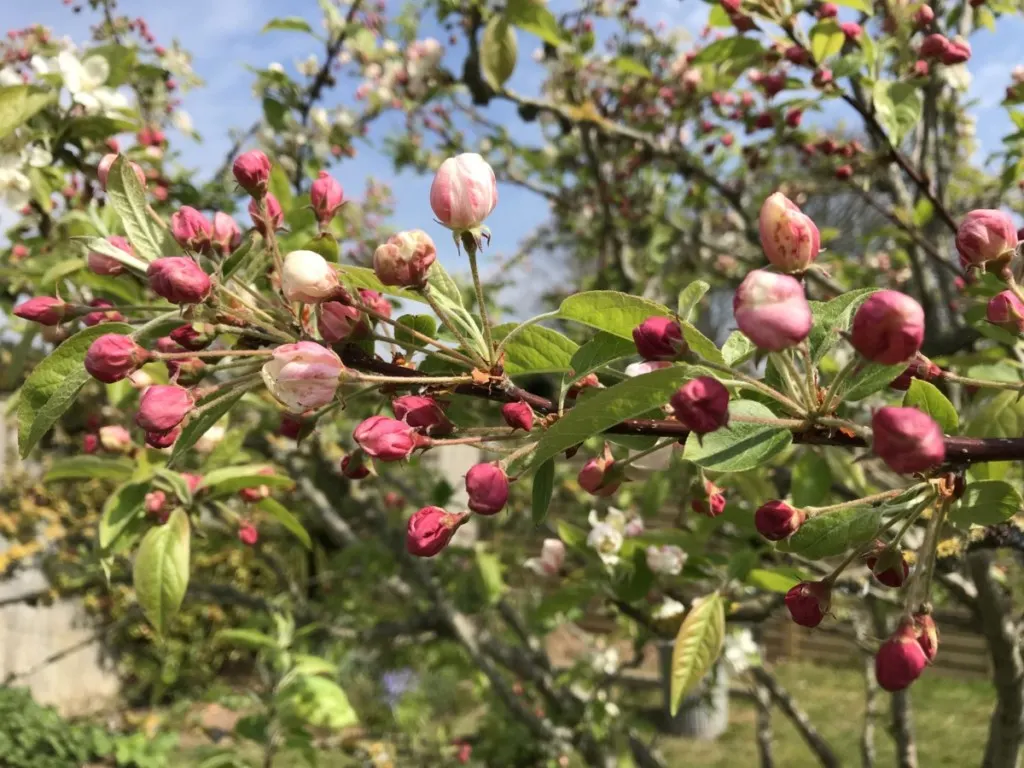
Promoting diversity in the garden, in the ecosystem and in the community, will always be a momentous task. And it isn’t something to be taken lightly.
Think about the food you eat. How many varieties of apples do you have to choose from at the store? What if you planted ten, even twenty, lesser known apple varieties on your own land, were you given the chance?
Branch out, grab a seed catalog and plant new-to-you heirlooms in your garden. Eat your weeds, dandelions included, then grow and forage for a diverse mix of plants for your nutritional and medicinal needs.
11. Use edges and value the marginal
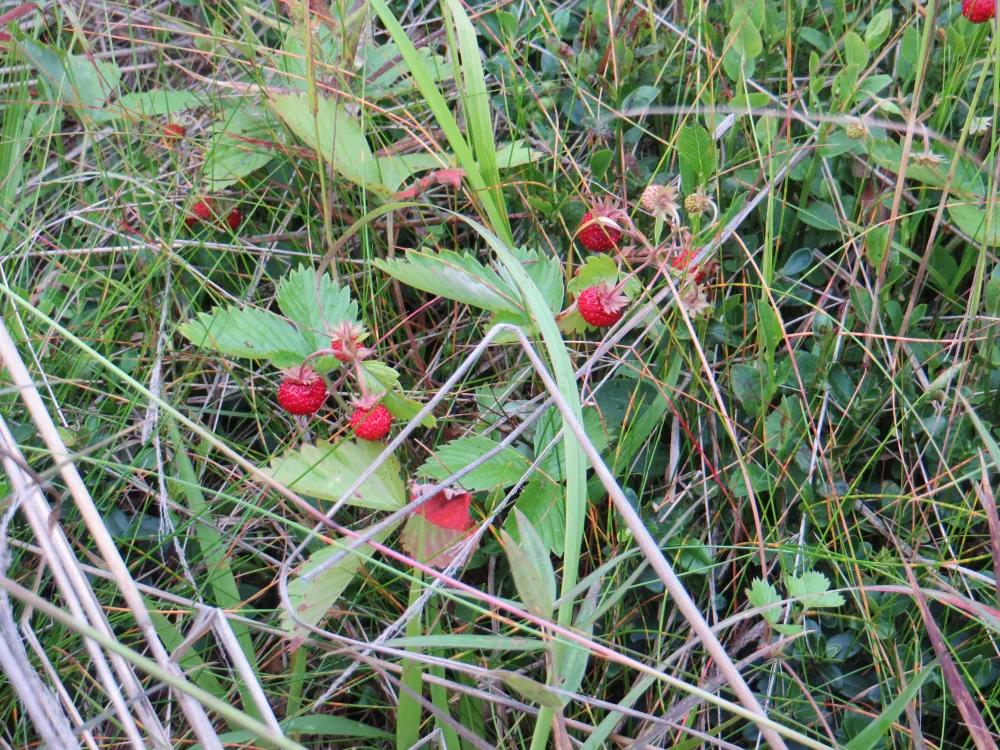
I once wrote a poem about edge people, those that prefer to live at the quiet end of the lane, the outskirts of town, where the forest meets humanity.
Edges are where creative people thrive, just outside the constraints of society, where new ideas are allowed to develop. In nature, edges are where the meadow meets the forest, where the creek rushes through the ravine.
Look around and see what unused edges are around you. How could they be more beautiful, how could they be more productive, how could they be more inspirational? With out-of-the-box thinking you will find all the answers.
12. Creatively use and respond to change
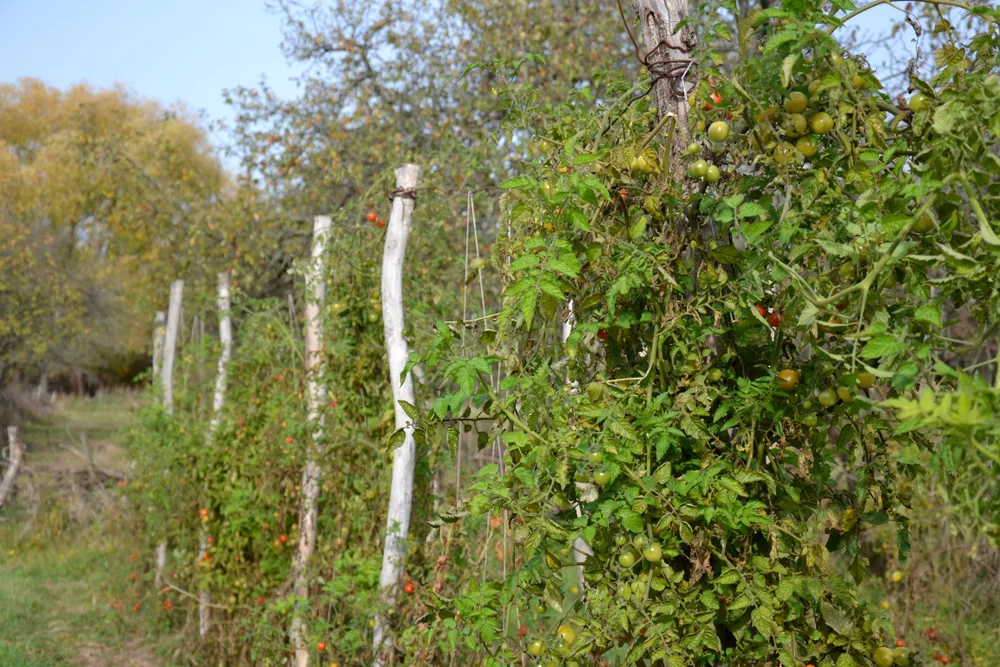
Change is inevitable, but how we react to it makes or breaks us.
In the forest, trees will fall, making way for new life to flourish. When we design with change in mind, we are allowing for a flexible permanence that flows with the seasons, with the years and the generations that are to come.
If you are considering gardening and homesteading for food, profit and a meaningful way of life, and you are ready to embrace all aspects of a sustainable future, then permaculture may just be the path for you.
Ready to learn more about permaculture design basics?
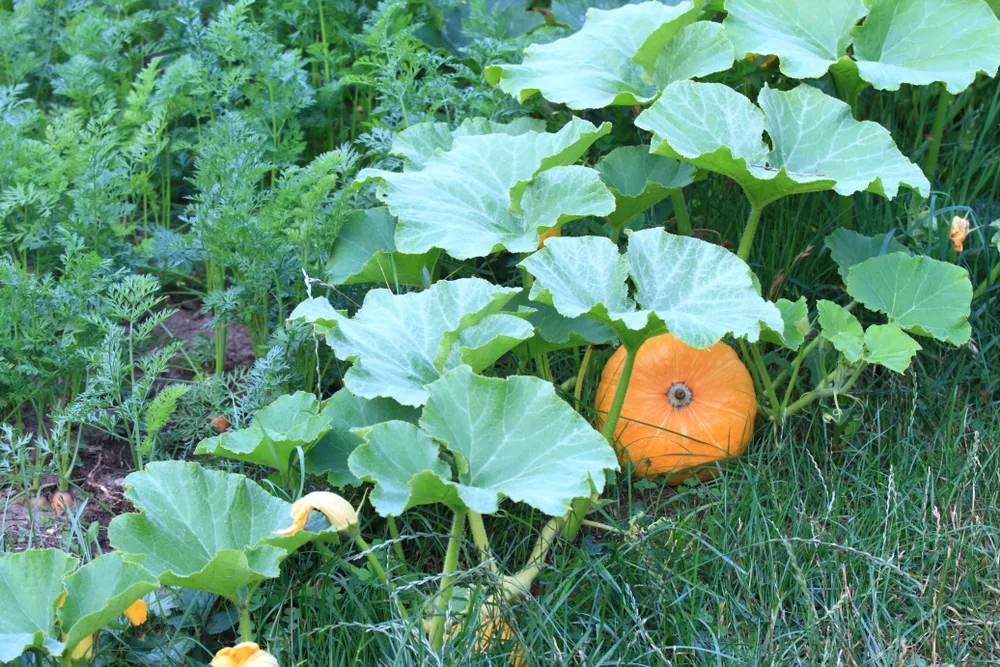
Workshops and classes, whether online or in person, are an excellent way to start learning about permaculture.
You may even choose to accept the challenge of completing a 72-hour Permaculture Design Certificate.
This certificate allows you to begin designing and working in your own permaculture garden, and of course, designing for others. You will learn how to build healthy soils, design non-toxic homes and water harvesting systems, as well as gain a deep understanding of ecological food systems and creating sustainable human developments.
The best way to learn is from those who are passionate about permaculture and can provide real-life examples. No matter where you are in the world, there are plenty of options available to expand your knowledge.
Read the following article to find out the questions you should be asking before taking a permaculture design course:
How to Choose the Right Permaculture Design Course @ Tenth Acre Farm
To grasp the essentials of permaculture, you should also pick up an informative copy of Bill Mollison’s reference book – Permaculture: A Designer’s Manual.

Get the famous Rural Sprout newsletter delivered to your inbox.
Including Sunday musings from our editor, Tracey, as well as “What’s Up Wednesday” our roundup of what’s in season and new article updates and alerts.


